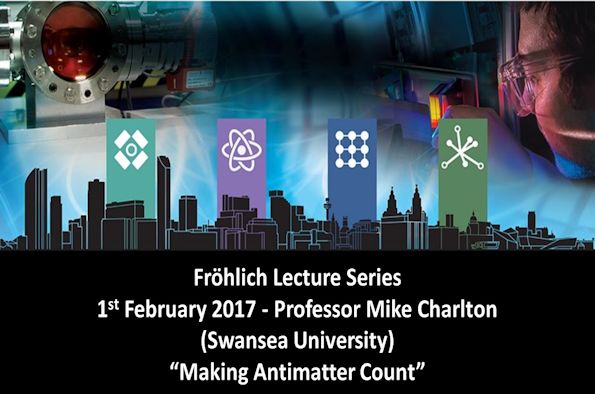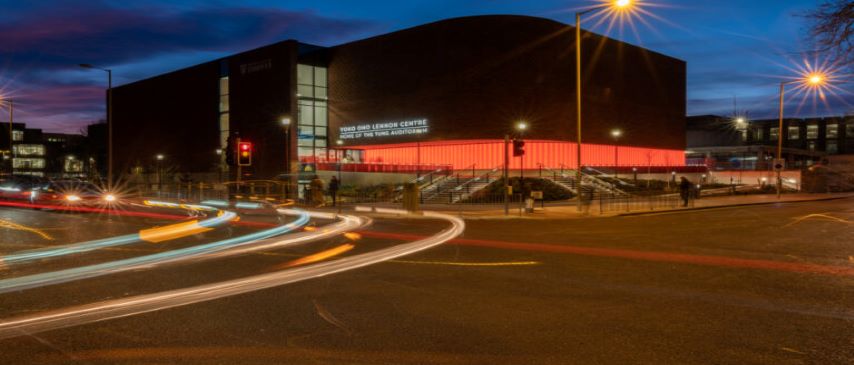
Fröhlich Lecture Series in Physics 2016/17
- Professor Peter Weightman
- Admission: N/A
- Book now
Add this event to my calendar
Click on "Create a calendar file" and your browser will download a .ics file for this event.
Microsoft Outlook: Download the file, double-click it to open it in Outlook, then click on "Save & Close" to save it to your calendar. If that doesn't work go into Outlook, click on the File tab, then on Open & Export, then Open Calendar. Select your .ics file then click on "Save & Close".
Google Calendar: download the file, then go into your calendar. On the left where it says "Other calendars" click on the arrow icon and then click on Import calendar. Click on Browse and select the .ics file, then click on Import.
Apple Calendar: The file may open automatically with an option to save it to your calendar. If not, download the file, then you can either drag it to Calendar or import the file by going to File >Import > Import and choosing the .ics file.
Professor Mike Charlton
University of Swansea
Refreshments will be served at 15.15 outside the lecture theatre
The Fröhlich Lectures are presentations by research leaders which are intended to be accessible to a general audience at the advanced undergraduate level.
Abstract
We appear to live in a Universe dominated by matter, though the Laws of Physics predict equal amounts of matter and antimatter at its origin. Antimatter lies at the heart of quantum physics, thus one of science’s great puzzles is where did all the antimatter go? This conundrum encapsulates the motivation for undertaking experiments to explore the properties of antihydrogen, the antimatter equivalent of hydrogen.
Since 2002 it has been possible, using specialised equipment available at CERN, the European Laboratory for Particle Physics, to create atoms of antihydrogen. The anti-atoms are created in vacuum, but until in the early experiments they quickly migrated to the walls of the apparatus where they annihilated on contact with matter. In 2010 the ALPHA collaboration developed the capability to capture some of the antihydrogen atoms in a magnetic minimum neutral atom trap. This type of trap exploits the fact that the anti-atoms, just like hydrogen, have a tiny magnetic moment, and this can result in some of them being attracted to a minimum in a magnetic field that was engineered within the apparatus. It was soon shown thereafter that it was possible to hold the anti-atoms for periods longer than 15 minutes, resulting in a source of trapped, ground state antihydrogen ready for experimentation.
More recently, ALPHA has begun to explore the properties of the anti-atom, including investigations of its electrical charge and making the first measurements of antihydrogen spectral lines. We describe these experiments, and provide insight into some of the techniques developed to produce anti-atoms cold enough to be held in the sub-K deep neutral trap. We will conclude with a discussion of near-future initiatives.
